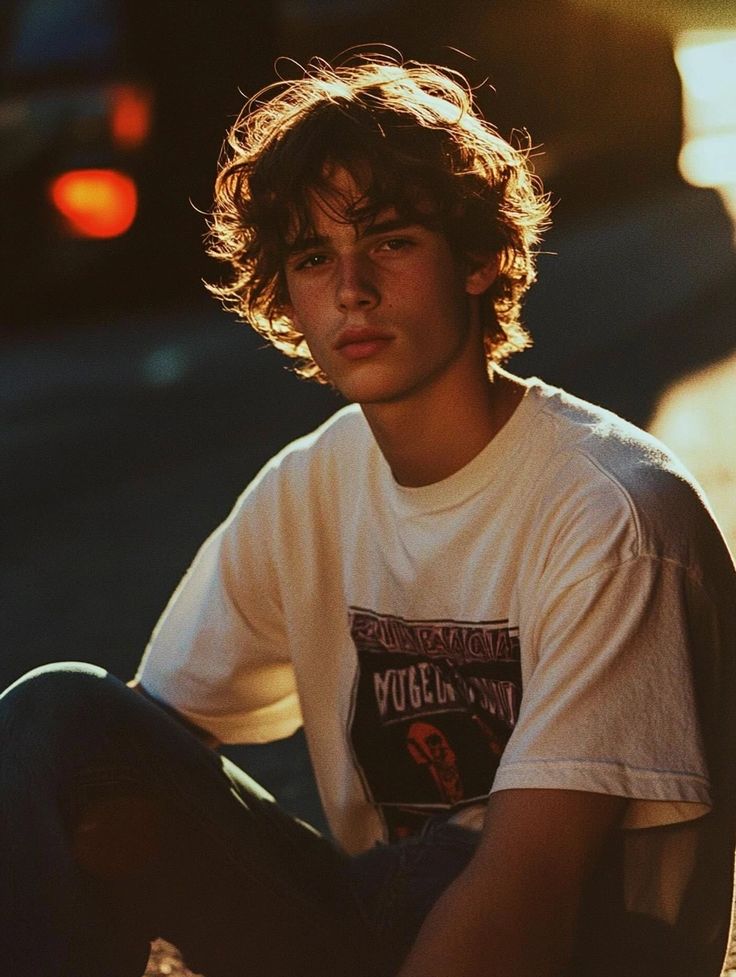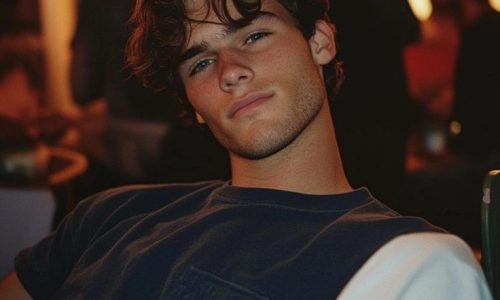
Next-Gen Style: Top Youth Fashion Trends for 2025
Introduction to the Evolution of Youth Fashion in 2025
The fashion scene in 2025 for today’s youth is a bold declaration of innovation, cultural consciousness, and immersive self-expression. Driven by Gen Z and emerging Gen Alpha influencers, young fashionistas are reshaping what it means to dress with intention, blending purpose and playfulness into everyday wear. This evolution isn’t dictated by traditional fashion cycles or celebrity endorsements but is deeply intertwined with digital ecosystems, grassroots activism, and personal storytelling. As boundaries between physical and virtual wardrobes blur, young consumers are leveraging fashion to reflect not just who they are—but who they aspire to be in a rapidly shifting world.
Tech-Integrated Fashion and Smart Wearables
2025 marks a turning point in how technology is incorporated into fashion. Youth-driven markets are embracing apparel embedded with sensors, LED panels, and adaptive textiles. These items do more than make a visual statement—they sync with health apps, change color with environmental triggers, and offer live interaction with social networks. Outfits that display real-time data or mood-sensitive fabrics are no longer prototypes—they are part of mainstream wardrobes. This embrace of smart fashion underscores a desire among young individuals to personalize their attire while staying connected to their digital lifestyle.
Eco-Conscious Dressing and Regenerative Materials
Environmental awareness has become a cornerstone of next-gen fashion sensibilities. Young consumers are championing regenerative materials like mushroom leather, algae fiber, and biodegradable dyes, valuing not only how their clothing looks, but how it’s sourced and what it gives back to the planet. The narrative around “less is more” has shifted to “impact over volume,” with capsule collections, multifunctional designs, and rental fashion gaining popularity. More than just consumers, today’s youth see themselves as participants in reshaping fashion’s environmental footprint.
Virtual Fashion and Avatar Style Expression
With digital environments becoming increasingly relevant—whether in gaming, social media, or virtual reality—fashion in 2025 extends well beyond the physical realm. Gen Z and Alpha are curating distinct digital wardrobes for their avatars, using virtual clothes to express moods, ideas, and affiliations. Virtual fashion shows, blockchain-authenticated outfits, and augmented reality filters allow youth to experiment with identity in ways previously limited by budget, body type, or access. This digital fashion revolution doesn’t replace physical fashion but complements it, providing endless opportunities for creativity.
Gender-Inclusive Designs and Fluid Silhouettes
Breaking free from binary categories, youth fashion now celebrates freedom of form, with silhouettes and cuts designed to suit the person—not their assigned gender. In 2025, more brands are emerging with gender-neutral lines that focus on self-expression, fit, and comfort over gender labels. Young consumers are rejecting constraints, seeking garments that reflect who they are rather than conforming to traditional molds. Wide-leg trousers, cropped tops, layered tailoring, and androgynous aesthetics are no longer niche—they’re central to youth wardrobes across cultural lines.
Cultural Remixing and Global Style Collisions
Today’s youth draw inspiration from across continents, mixing heritage patterns with futuristic cuts. In 2025, streetwear may blend Nigerian Ankara prints with Tokyo street style, or Scandinavian minimalism with Brazilian beachwear flair. The internet has flattened access to global aesthetics, and young people are using this to experiment with hybrid identities. Whether it’s Korean hanbok-inspired jackets or Indigenous beadwork on sneakers, cultural appreciation (when done respectfully) is creating a new language of inclusive, global fashion.
Nostalgia Rebooted for the New Generation
Young trendsetters in 2025 are reinterpreting the past through a fresh lens. Instead of copying retro styles, they’re remixing them—giving vintage silhouettes new context. Think Y2K glitz updated with futuristic materials, or ’90s grunge infused with eco ethics. Thrift culture is not just a necessity; it’s a badge of creativity and resourcefulness. By reinventing the old and integrating it with modern narratives, youth are not only redefining vintage—they’re preserving fashion history on their own terms.
Individualism Through DIY and Customization
The desire to stand out drives a resurgence in DIY fashion. Youth in 2025 are painting, embroidering, distressing, and reconstructing their clothes. Customization tools offered by brands, along with social media tutorials, empower teens and young adults to transform mass-produced garments into one-of-a-kind masterpieces. This hands-on relationship with fashion deepens their emotional connection to their wardrobes and encourages creative exploration beyond the limits of store-bought clothing.
The Rise of the Influencer-Designer Hybrid
Social media influencers have evolved from brand collaborators to fashion creators. Many young trendsetters in 2025 now launch their own capsule collections, designed with community input and backed by limited drops. This shift turns followers into co-creators, with youth-driven labels gaining legitimacy faster than traditional fashion houses. These influencer-designer hybrids bridge the gap between aspirational style and accessibility, producing garments that reflect the tastes and needs of their audiences.
Conclusion: A Youth-Led Fashion Future
The youth fashion trends of 2025 present a vivid tapestry of innovation, responsibility, and self-discovery. No longer followers of top-down dictates, Gen Z and Gen Alpha are leading a cultural movement that fuses digital fluency with ethical practices and radical authenticity. Their choices shape not only how we dress but how we think about fashion as a reflection of values and identity. As the next generation continues to experiment, remix, and rebel with style, one truth becomes clear: the future of fashion doesn’t belong to the gatekeepers—it belongs to the creators. And those creators are young, fearless, and reshaping fashion on their own terms.


